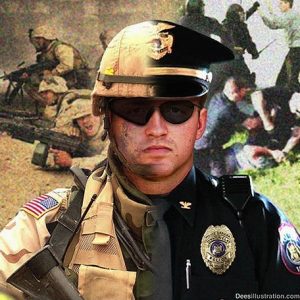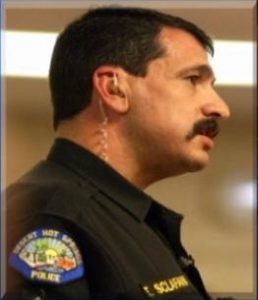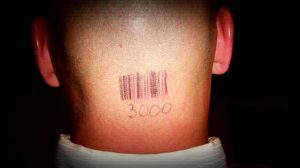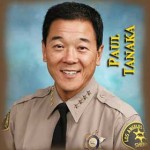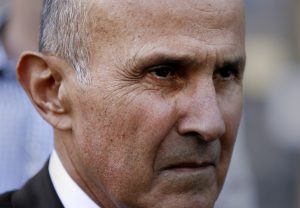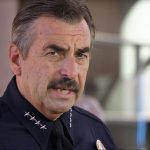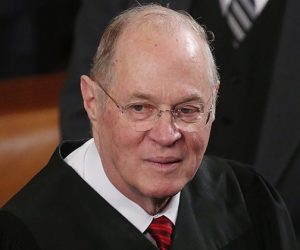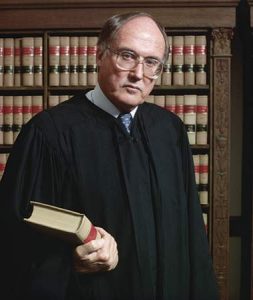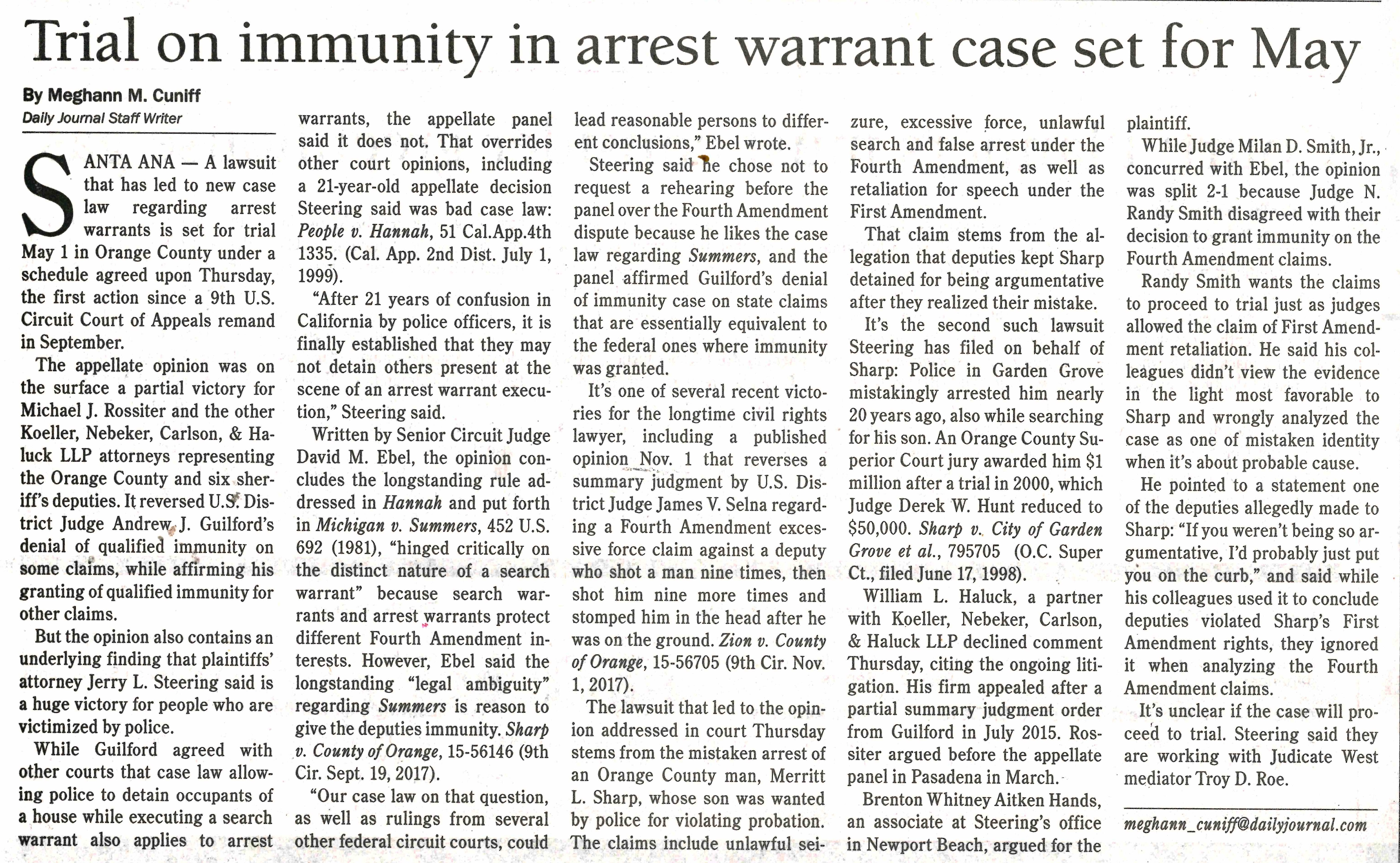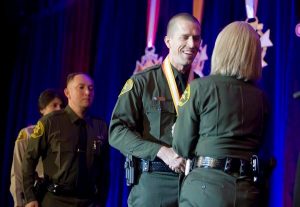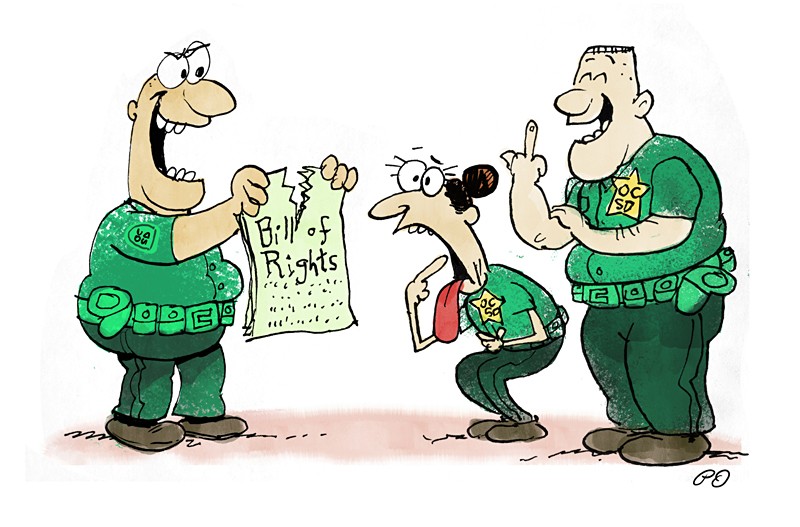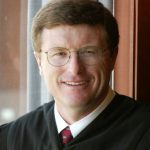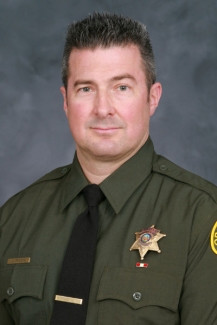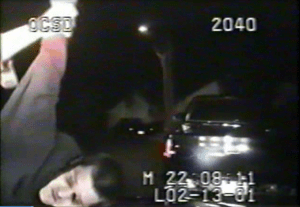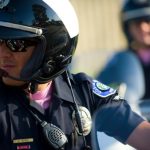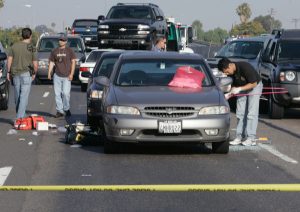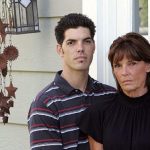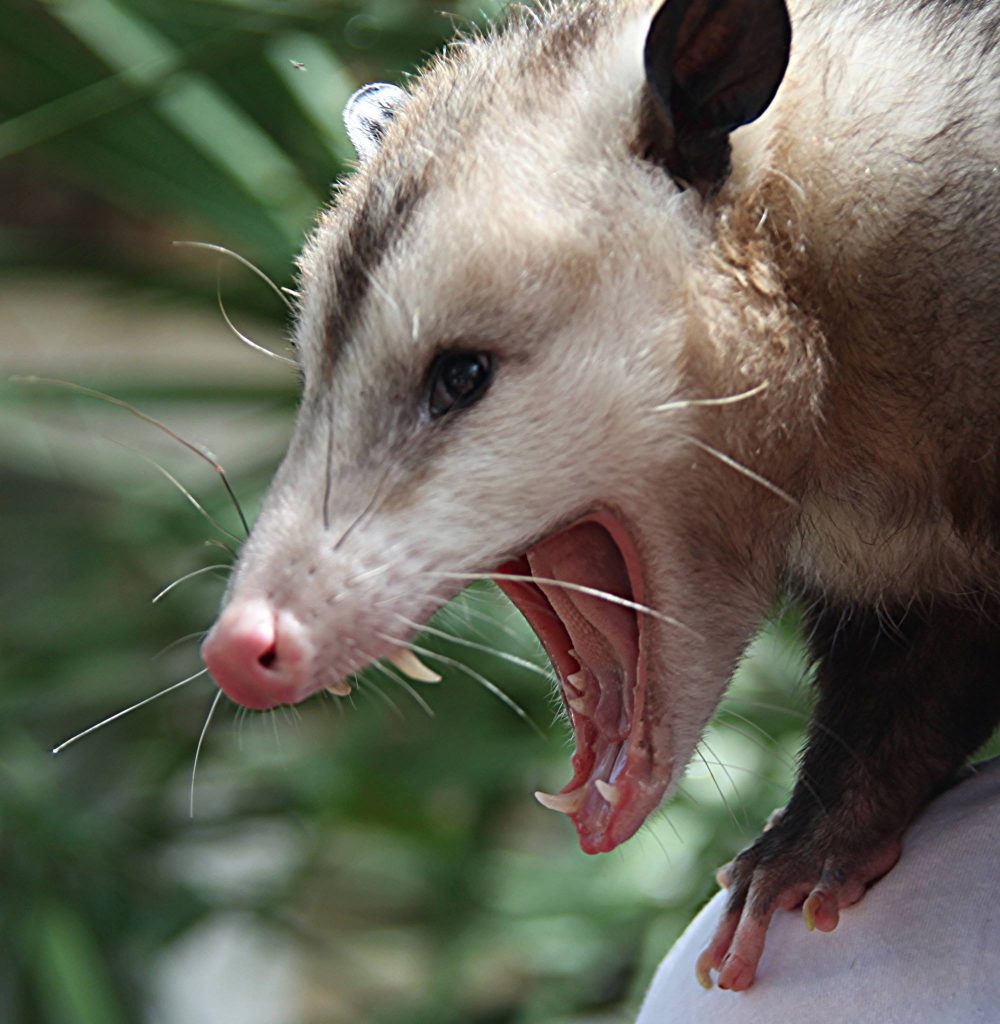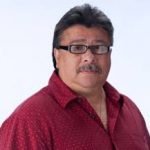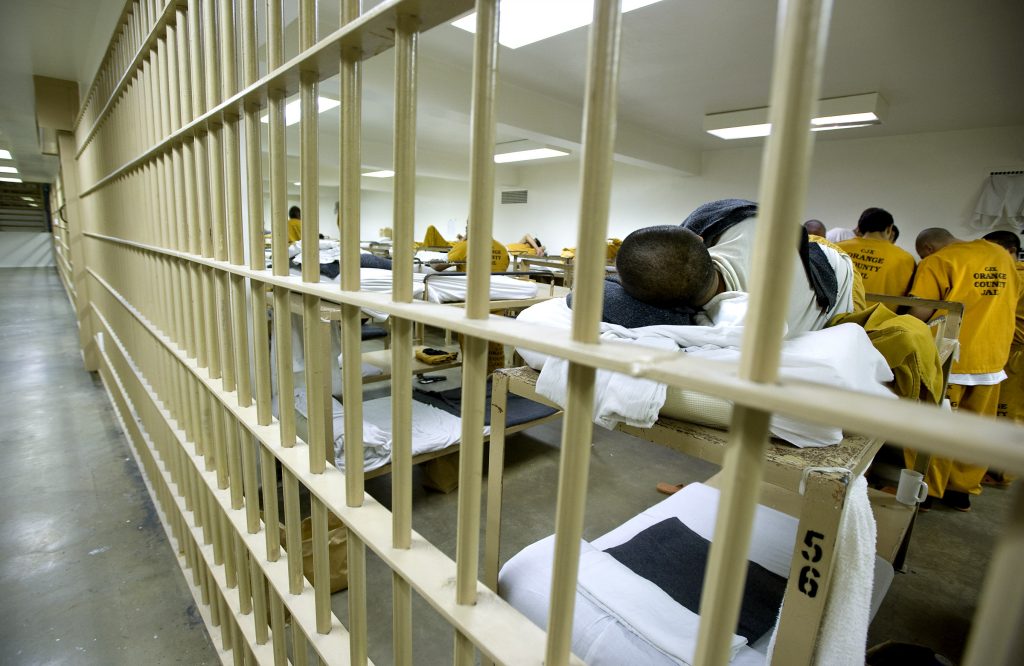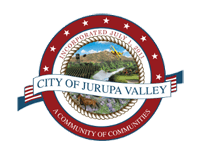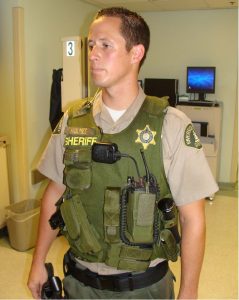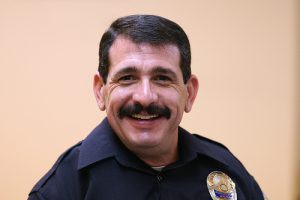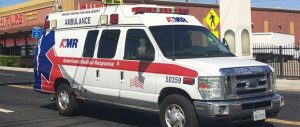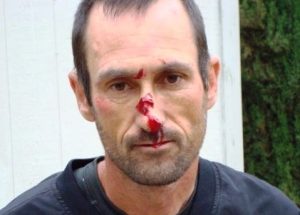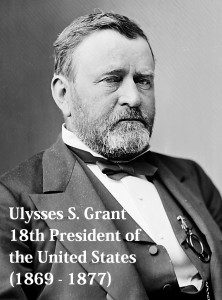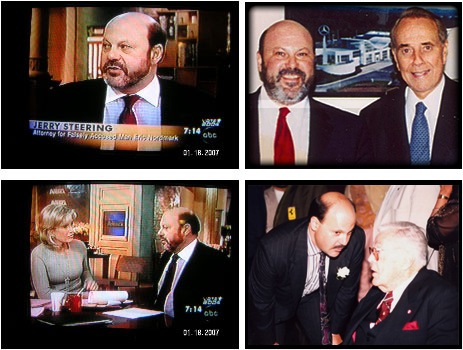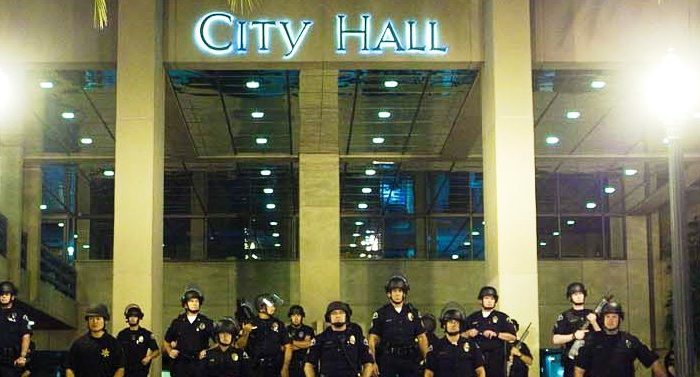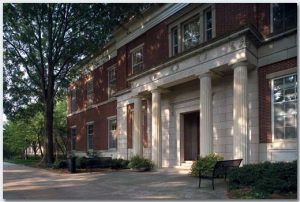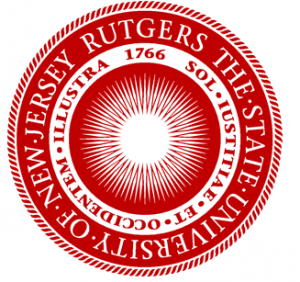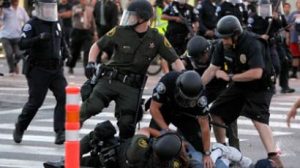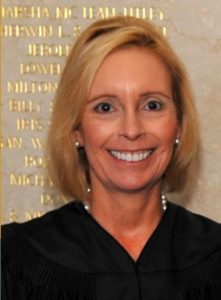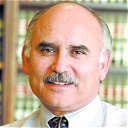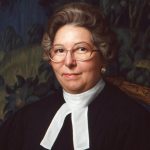Police misconduct is a critical issue that can deeply impact individuals and communities. In Lake Forest, where trust in law enforcement is paramount, it’s essential to understand your rights and the legal avenues available if you encounter police misconduct. This blog will guide you through the nuances of police misconduct, your rights as a citizen, and how our experienced legal team at Steering Law can assist you in seeking justice.
What Constitutes Police Misconduct?
Police misconduct refers to inappropriate or illegal actions taken by law enforcement officers while performing their duties. Misconduct can vary widely but generally falls into several categories:
- Excessive Force: Using more physical force than necessary to subdue or control a person. This can include physical violence or threats that go beyond what is reasonable under the circumstances.
- False Arrest: Detaining an individual without legal justification. This can occur when an officer arrests someone without a warrant or probable cause.
- Unlawful Search and Seizure: Conducting searches or seizures without proper legal authority, violating an individual’s Fourth Amendment rights.
- Abuse of Power: Engaging in actions that misuse an officer’s authority, such as harassment or discrimination.
- False Statements or Evidence: Providing misleading or false information, either verbally or in written reports, to cover up misconduct or support a false charge.
Recognizing the Signs of Police Misconduct
Identifying police misconduct can be challenging, but some signs can indicate that your rights may have been violated:
- Inconsistencies in Police Reports: Discrepancies between the officer’s account and other evidence or witness statements may suggest misconduct.
- Injury or Unusual Force: Evidence of physical harm or use of force that seems excessive for the situation.
- Lack of Transparency: If an officer is unwilling to provide their badge number, name, or reason for their actions, it may indicate misconduct.
- Witness Testimonies: Statements from bystanders who observed the incident can provide crucial evidence.
Your Rights in the Face of Police Misconduct
As a resident of Lake Forest, you have specific rights when dealing with law enforcement:
- Right to Remain Silent: You are not required to answer questions or make statements to law enforcement officers. Exercise this right if you feel your responses could be used against you.
- Right to Legal Counsel: If you are being questioned or detained, you have the right to speak with an attorney before answering any questions.
- Right to File Complaints: You can file a formal complaint with the police department’s internal affairs division or civilian oversight board if you believe your rights have been violated.
- Right to Pursue Legal Action: If you have been the victim of police misconduct, you may pursue legal action to seek compensation for damages and hold the responsible parties accountable.
Legal Recourse for Victims of Police Misconduct
If you believe you have been a victim of police misconduct in Lake Forest, several legal avenues are available:
- Civil Rights Lawsuits: You may file a civil rights lawsuit against the officer or police department for damages resulting from the misconduct. This can include compensation for physical injuries, emotional distress, and other related damages.
- Internal Complaints: Filing a complaint with the police department can lead to an internal investigation and potential disciplinary action against the officer involved.
- Criminal Prosecution: In cases of severe misconduct, such as excessive force or false arrest, it may be possible to pursue criminal charges against the officer.
How Steering Law Can Help
At Steering Law, we are dedicated to protecting the rights of individuals who have experienced police misconduct. Our experienced attorneys understand the complexities of these cases and are committed to seeking justice for our clients.
Our Services Include:
- Free Case Evaluation: We offer a no-obligation case evaluation to discuss your situation and determine the best course of action.
- Thorough Investigation: We conduct a detailed investigation into your case, gathering evidence, interviewing witnesses, and analyzing police reports.
- Experienced Representation: Our attorneys have extensive experience in handling police misconduct cases and will fight tirelessly to ensure your rights are protected.
- Personalized Approach: We provide personalized legal counsel tailored to your specific needs and circumstances.
What to Expect During the Legal Process
Navigating the legal process for police misconduct cases can be complex. Here’s what you can expect:
- Initial Consultation: During your free case evaluation, we will review the details of your case and advise you on your legal options.
- Investigation: We will gather evidence, including police reports, medical records, and witness statements, to build a strong case.
- Negotiation: We may engage in negotiations with the involved parties to reach a settlement that compensates you for your damages.
- Litigation: If a settlement cannot be reached, we will proceed with litigation, presenting your case in court and advocating on your behalf.
Get the Legal Support You Need
Experiencing Lake Forest police misconduct can be a traumatic and confusing experience. It’s crucial to have an experienced legal team on your side to help you navigate the complexities of the legal system and ensure your rights are protected.
Ready to take the next step? Contact Steering Law today for your Free Case Evaluation.
Our dedicated attorneys are here to provide the support and representation you need to seek justice. Call us at 800-558-3664 or complete our online contact form to get started. Don’t let police misconduct go unchecked—let us help you hold those responsible accountable and secure the compensation you deserve.

Steering Law is a California-based civil rights and criminal defense firm led by Jerry L. Steering, Esq. The firm focuses on police misconduct cases, including excessive force, false arrest, malicious prosecution, contempt of cop incidents, and 42 U.S.C. §1983 civil rights actions, while also handling serious criminal defense matters. Steering Law is dedicated to protecting clients’ constitutional rights and delivering justice for individuals who have been wronged by law enforcement.
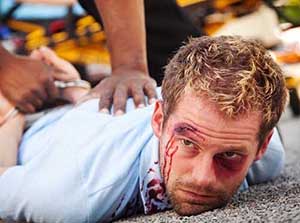


 By
By  POLICE BRUTALITY – EXCESSIVE FORCE ATTORNEY
POLICE BRUTALITY – EXCESSIVE FORCE ATTORNEY